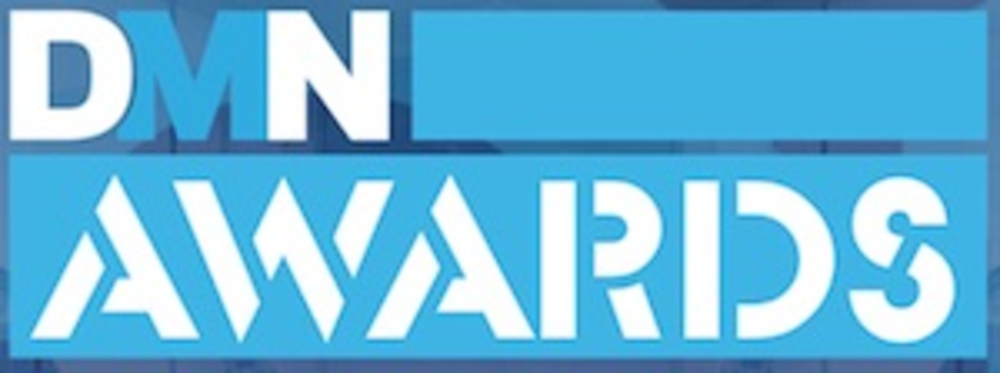Tim Anderson, SVP of retail and foodservice, Challenge Dairy, on the company’s use of engaging, interactive marketing.
Q: What is Challenge Dairy’s approach to interactive marketing?
A: Within the dairy world margins are tight and marketing budgets are small, particularly when you compare it with other consumer packaged goods companies. So we’re always mindful of our spending and try to make sure our dollars are spent towards the most efficient, effective programs. We look at interactive marketing as one of the best ways to spend our money. While we continue to do some of the classic things like TV, radio and print, we put more dollars towards interactive marketing, particularly in the last few years. We look at it as a way to not only deliver our message in the classic way, but it’s a good way to get instant feedback in communication engagement with our consumers. We do typical messaging, but we also do things like give them instant coupons and get feedback on our new products.
Q: How do you leverage that participation to establish a longer term relationship with those participating consumers, especially ones who may not have previously been a Challenge Dairy customer?
A: The benefit to us was that we did get the long-term assets associated with it. They joined our eClub and Facebook [community]. So we’re able to interact with them now on a regular basis. And now they know more about Challenge than they did before they started playing the game.
Q: Is interactive marketing also being used to market to consumers, particularly younger consumers, who are less responsive to traditional marketing channels?
A: Yeah. The nice thing about interactive is they can’t TiVo through us. However, they can choose to ignore it or not participate. There’s definitely value in traditional brand advertising, but it’s getting harder and harder to break through the noise. With interactive, we do a mix of campaigns that are appealing to a wider audience, anything from sweepstakes to giveaways to contests. We know that at least one of those campaigns will hit or break through with that type of consumer. We also provide incentives, such as recipes and coupons.
Q: How is your growing focus on interactive marketing reflected in recent campaigns such as the “100 Years, 100 Days of Winners” online instant win game?
A: This has been a good year for Challenge. It’s our 100-year anniversary, and we celebrated it through a number of mediums and programs within our interactive marketing program. For example, we gave away a trip to Yellowstone, and we also offered the “100 Years, 100 Days” spin-the-wheel game. Now we’re giving away $15,000 worth of prizes for our “Heritage Recipe” contest. Each of them was designed to engage and interact with our consumers at different levels. The “100 Years, 100 Days” campaign was designed to build awareness for Challenge’s 100-year anniversary and engage fans through digital media. Consumers love to play games, and when we gamify and combine product education, we drive deep brand engagements. Our “100 Years, 100 Days” promotion delivered millions of game plays and tens of thousands of playing hours.
Q: How big of a role do game mechanics play in your marketing mix? Is it close to the point where, if you’re going to run an interactive campaign, it needs to involve some level of game mechanics?
A: No, we put it in the mix. We don’t try to dominate one way or the other because we know some [consumers] like gaming, some like contests and some like giveaways. We’ve heard through various third parties that we had one of the top five games in the nation of all consumer packaged goods companies in [terms of] people participating.








